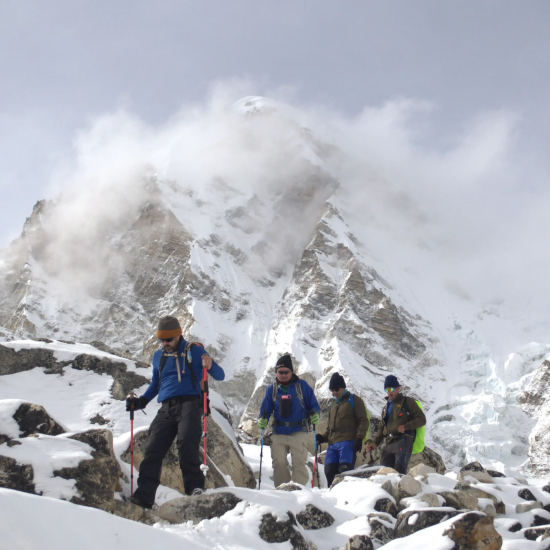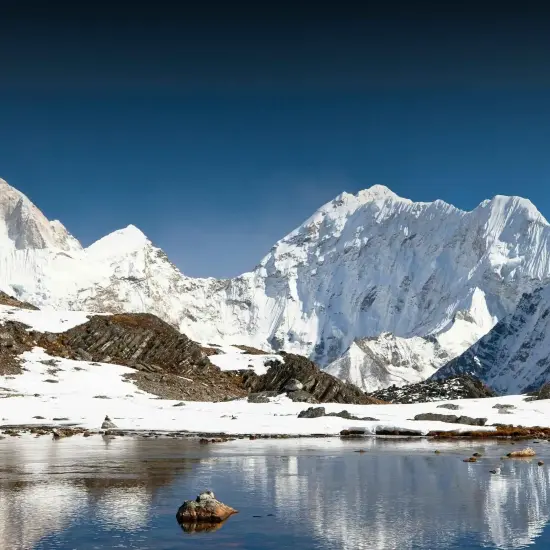Embark on a once-in-a-lifetime adventure to the hidden kingdom of Upper Mustang—one of Nepal’s most mystifying and culturally rich trekking destinations. The Upper Mustang Trek – 16 Days offered by Places Nepal, is a deeply immersive journey through the starkly beautiful trans-Himalayan landscapes north of the Annapurna range.
Once a restricted and independent kingdom, Upper Mustang still retains its ancient Tibetan Buddhist traditions, striking desert-like terrain, and medieval villages.
This remarkable trek typically begins with a scenic flight from Pokhara to Jomsom, the gateway to the Mustang region. From here, your path winds along the Kali Gandaki River, through windswept valleys, high mountain passes, and fortified villages perched atop ochre cliffs.
You’ll explore timeless settlements like Kagbeni, Chele, Syangboche, Ghami, Charang, and ultimately, the legendary walled city of Lo Manthang—former capital of the Mustang kingdom.
Along the way, you'll witness a landscape unlike any other in Nepal—eroded canyons, vibrant rock formations, and cave dwellings tucked into cliff faces.
With its location in the Himalayan rain shadow, Upper Mustang is ideal even during the monsoon season, offering dry, stable weather when other trekking routes are often obscured by clouds and rain.
This 16-day Upper Mustang itinerary is carefully designed for gradual acclimatization and maximum cultural immersion, making it suitable for moderately experienced trekkers seeking a unique blend of adventure, culture, and Himalayan scenery.
Why Choose the Upper Mustang Trek?
Explore Nepal’s Hidden Kingdom – Enter a region that remained closed to foreigners until 1992 and still feels frozen in time.
Unique Tibetan Buddhist Culture – Experience ancient monasteries, chortens, prayer flags, and traditional Tibetan-influenced villages.
Lo Manthang – Discover the fabled walled city with royal palaces, whitewashed alleys, and sacred gompas.
Perfect for Monsoon Season – Trek in the dry and sheltered Mustang region while the rest of Nepal gets soaked.
Ancient Caves & Sacred Sites – Visit the mystical sky caves of Chhoser and the legendary Gompa Ghar.
Stunning Himalayan Views – Gaze upon Annapurna, Dhaulagiri, Nilgiri, and the stark desert beauty of Mustang.
Altitude & Route Highlights
Jomsom (2,743m / 8,999 ft) – Trek start point after a short flight from Pokhara.
Kagbeni (2,810m / 9,219 ft) – Ancient village and entry checkpoint to Upper Mustang.
Chele (3,050m / 10,007 ft) & Syangboche (3,475m / 11,401 ft) – Climb past narrow canyons and stone-built villages.
Taklam La (3,624m / 11,890 ft) & Darjori La (3,735m / 12,254 ft) – Cross windswept passes with epic views.
Ghami (3,520m / 11,549 ft) & Charang (3,560m / 11,680 ft) – Home to ancient gompas and mani walls.
Nyi La Pass (4,010m / 13,156 ft) – Highest point of the trek, offering panoramic mountain vistas.
Lo Manthang (3,810m / 12,500 ft) – Medieval capital with royal heritage and Tibetan architecture.
Dhakmar & Ghiling – Scenic return through red cliffs and high-altitude farming villages.
Back to Jomsom – Fly to Pokhara, concluding the trek with lasting impressions.
This altitude profile ensures steady elevation gain, reducing the risk of altitude sickness and providing time to acclimatize.
Himalayan Vistas
The Upper Mustang Trek treats you to breathtaking views of towering Himalayan giants:
Annapurna I (8,091m / 26,545 ft)
Dhaulagiri I (8,167m / 26,795 ft)
Nilgiri North & South (7,061m / 23,166 ft)
Tukuche Peak, Thorong Peak, and more
These snowy summits form a majestic contrast to the ochre-hued terrain of Mustang, making it one of the most photogenic treks in Nepal.
Cultural Experience & History
Once an independent kingdom, Upper Mustang’s history stretches back over a thousand years. The former royal capital Lo Manthang still houses ancient monasteries, royal palaces, and intricate wall paintings. The region’s strategic position along ancient Tibet-Nepal trade routes enriched its culture, traditions, and architecture.
Expect to:
Interact with local Lopa people, guardians of an authentic Tibetan lifestyle.
Visit centuries-old gompas including Thubchen, Jampa, and Chode monasteries.
Witness traditional farming, spinning, and weaving practices.
Experience local festivals like Tiji Festival (May), a dramatic three-day ritual unique to Lo Manthang.
This trek offers deep cultural immersion, unlike any other trek in the Himalayas.
Permits Required for Upper Mustang
Since Upper Mustang is a Restricted Area, special permits are mandatory:
Solo trekking is not allowed. A minimum of two trekkers and a registered trekking agency is required to process permits.
We handle all logistics, including permit acquisition, guide services, accommodations, and domestic flights, so you can focus fully on your journey.
Best Time to Trek Upper Mustang
Due to its rain-shadow location, Upper Mustang is accessible almost year-round, but the best months are:
Spring (March to May) – Warm days, clear skies, and the Tiji Festival.
Monsoon (June to August) – Ideal time when other trails are muddy.
Autumn (September to November) – Crisp weather and excellent visibility.
Who Is This Trek For?
The Upper Mustang Trek – 16 Days is ideal for:
Experienced trekkers seeking a less-traveled and culturally immersive route
Adventurers interested in Tibetan Buddhism and Himalayan history
Travelers wanting a dry-season trek in summer
Photographers and culture enthusiasts craving unique landscapes and timeless traditions
Moderate fitness and readiness for 6–7 hours of daily walking at altitude is recommended.
Join Us for an Unforgettable Journey
Places Nepal invites you to step into the heart of Mustang—where centuries-old traditions, barren beauty, and mountain majesty merge into an unforgettable trekking experience. Let us handle every detail while you create lifelong memories in one of the most captivating corners of the Himalayas.
📞 Contact us today to book your Upper Mustang Trek – 16 Days and begin your adventure beyond the beaten path!

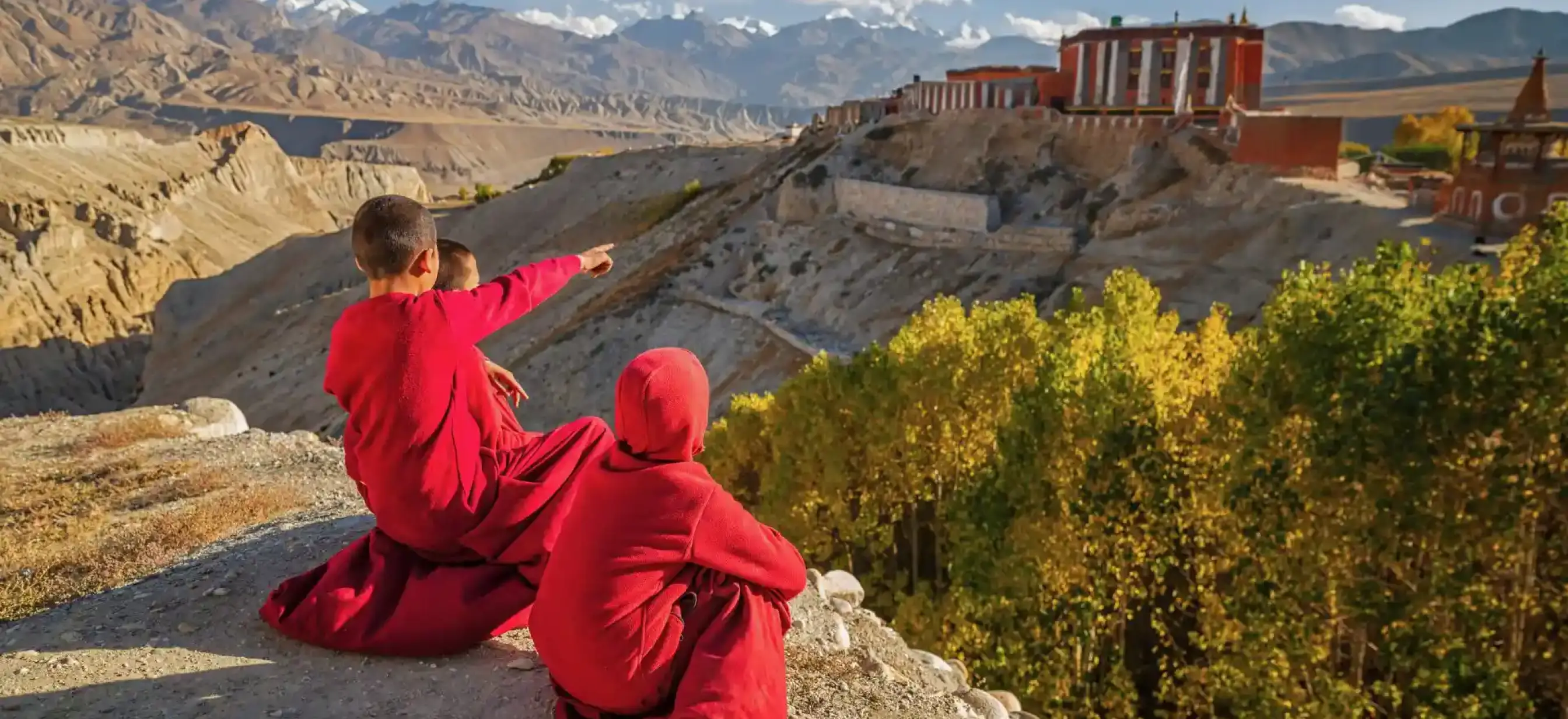
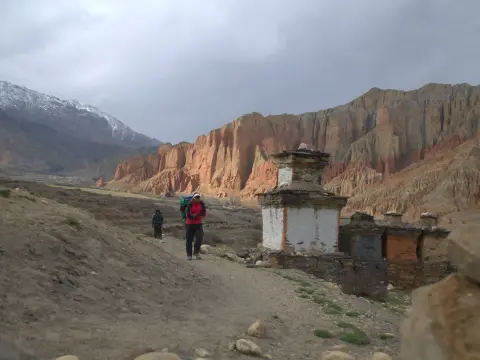
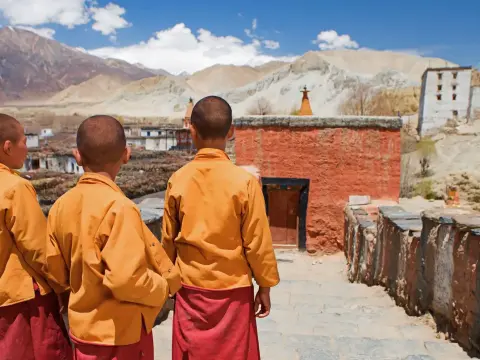
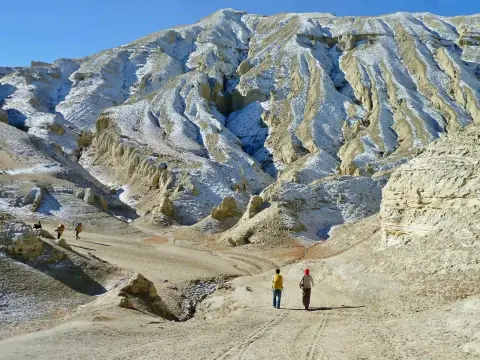
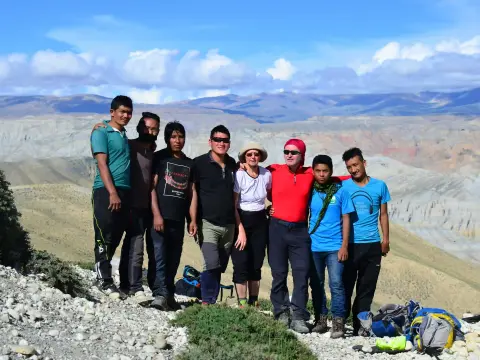
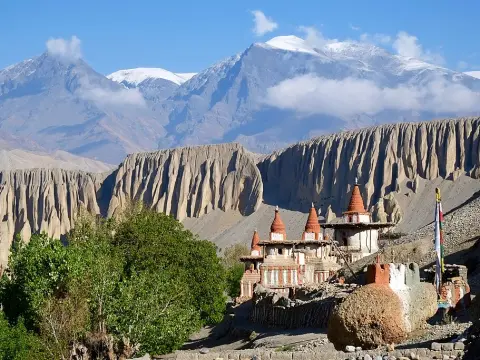
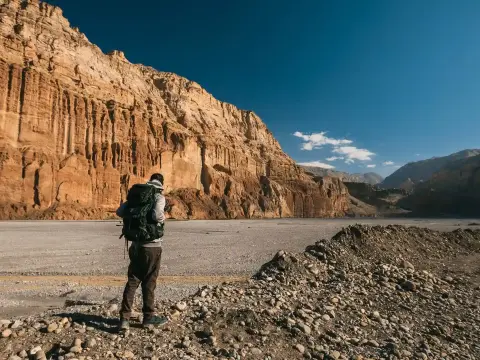
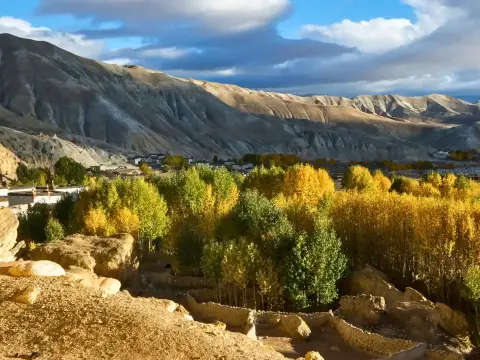


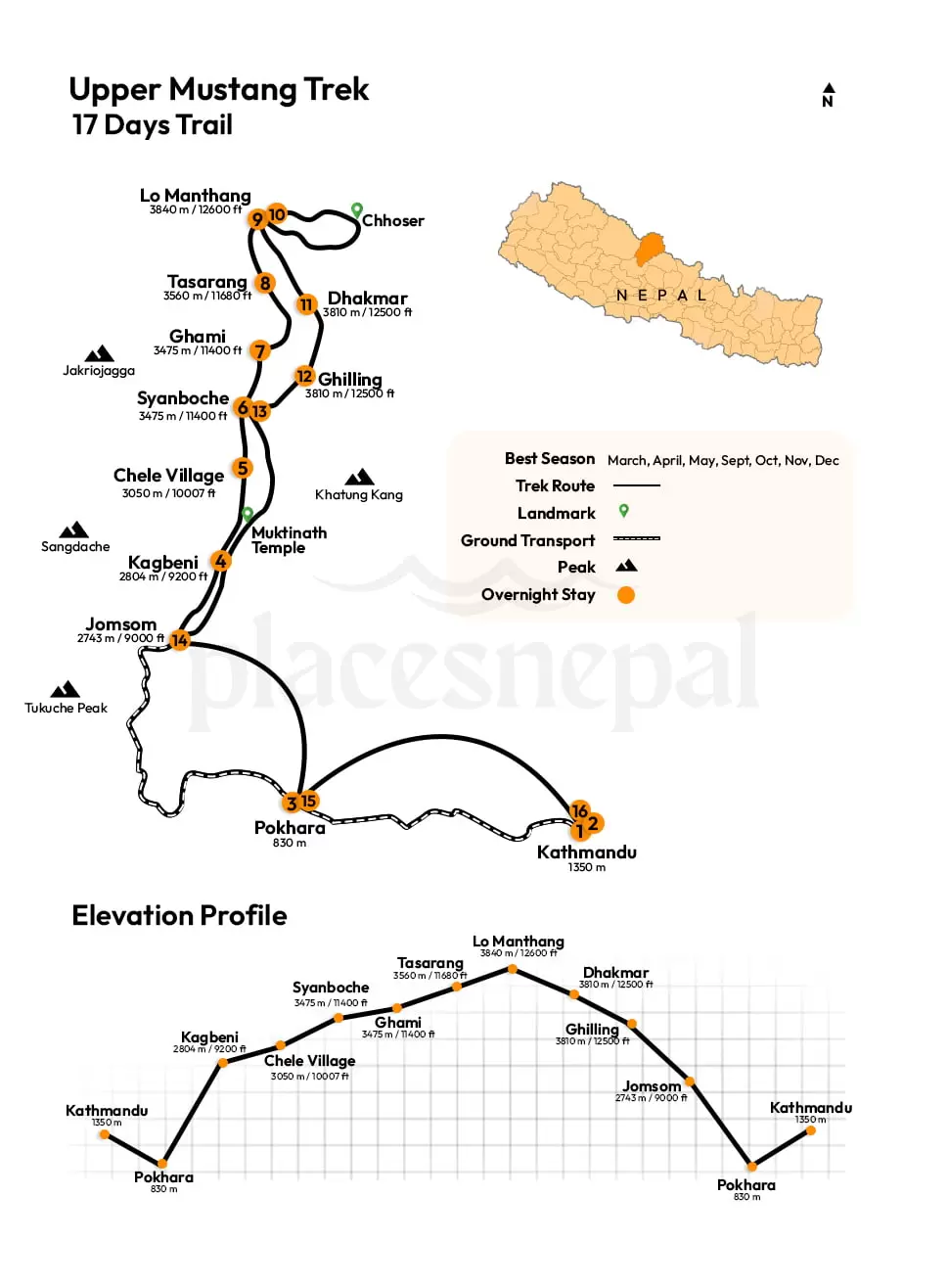
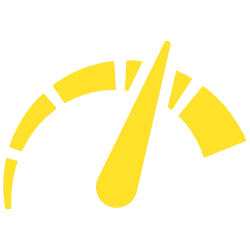 Trek Difficulty
Trek Difficulty  General FAQs
General FAQs -webp.webp) Upper Mustang Trek Guide
Upper Mustang Trek Guide  Upper Mustang Trek Cost
Upper Mustang Trek Cost -webp.webp) Trek Permit Required
Trek Permit Required 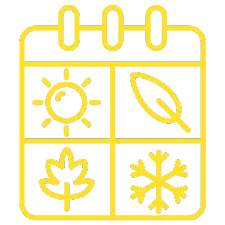 Best Time to Trek Upper Mustang
Best Time to Trek Upper Mustang  Accommodation
Accommodation 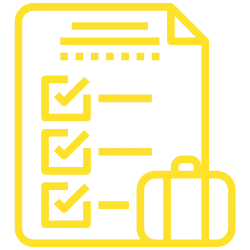 Packing and Prep
Packing and Prep -webp.webp) Transportation
Transportation 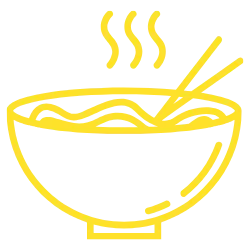 Foods on the Trek
Foods on the Trek 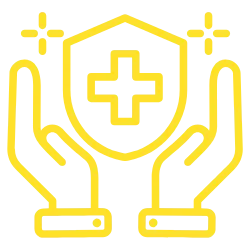 Health and Safety
Health and Safety 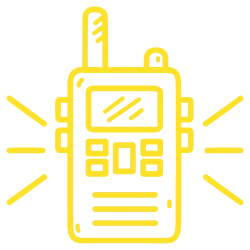 Communications on the Trek
Communications on the Trek  Weather & Temperature
Weather & Temperature 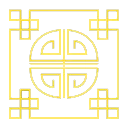 Culture and Traditions of Upper Mustang
Culture and Traditions of Upper Mustang 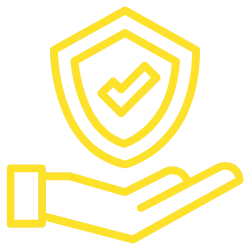 Travel Insurance
Travel Insurance 






































